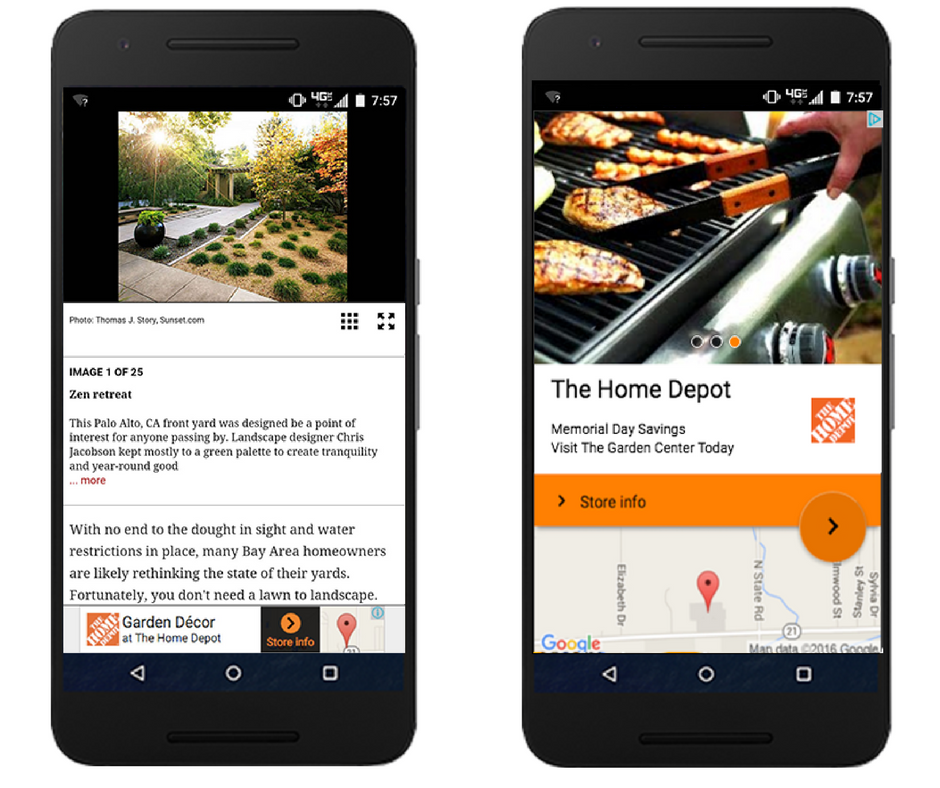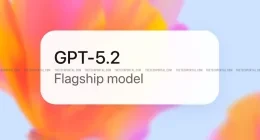Google has long been trying to bridge the gap between platforms and make its ad network ubiquitous for advertisers to reach a larger segment of the audience. While the company has already conquered the desktop and mobile space, they have now become cluttered and people’s attention span keeps shifting between multiple apps, websites, and platforms respectively.
Thus, Google is now getting ready to share several new innovations to its advertising network at the Ad Week gathering in New York, starting today. It is going to introduce numerous updates that’ve been designed to ‘close the loop’ between television and digital ads, and also between in-store sales and across devices, as Brad Bender, VP of display and video advertising puts it in the blogpost.
This is going to enable us to track the additional activities that display ads can drive.
he adds.
The company is now trying to harness the immense amount of data collected from across services like maps, email and Android to improve its ad offetings. These will help the company display ads more effectively, at a time when banners and video ads are increasingly under fire for not being as effective as they used to be. The advertisers are not seeing the same results as one would expect from a customer who sees an advertisement on a TV set and goes to the trouble to search and checkout the product.
1. Brand Lift Extension
Thus, Google is today extending its popular Brand Lift service(which shows marketers how YouTube campaigns impact brand metrics like awareness and purchase intent) to include TV campaigns. This move is intended towards showing advertisers that TV ads do lead to an increase in Google and YouTube searches for the brand. And early tests show that online video ads on YouTube will result in 2x impressions compared to TV ads.
To report incremental searches for your brand, you don’t even need to setup anything if you’re already running Brand Lift on both TV and YouTube campaigns simultaneously. Google has partnered with Volkswagen to showcase the capabilities of this upgrade, and Paige Parrent, Digital Media Manager of the company says,
We are excited to see the work Google is doing to better understand the impact of video. Brand Lift now presents us with a way to specifically, credibly, and scientifically compare the effectiveness of cross media campaigns.
2. Offline/In-store attribution
In addition to helping increase searches online, Google has also been providing marketers with tools to determine how their ads affect the visit to their offline stores. And according to collected data,
30% of smartphone users who visit a website or app on their phones buy something in a store within 24 hours.
To bank upon the same, the company is today introducing Maps data into the mix to further help marketers refine their ad campaigns. It is introducing “location extensions and store visits measurement for the Google Display Network” which will allow you to tag your store location right in the ad.
So, when users interact with their favorite apps and click on your ad, they’ll be able to see directions and photos of your brick and mortar establishment — thus increasing footfall. And you’ll have access to these analytics, thanks to the humongous amounts of accurate Maps data available to the company.

3. No more Cookies, only Log-ins
Google has long relied on browser cookies and mobile IDs to identify and track users visiting its platform and interacting with ads. But, they’re ineffective for cross-campigns that need to designed and launched across multiple channels. So, the company has been trying to phase out cookies and make the switch to log-in data.
And today it seems that Google is finally ready to say goodbye to cookies and inherently embrace logged-in user data — a norm which has been accepted by rival ad network Facebook quite long ago. This, as Google terms it, introduces cross-device remarketing for brands who wish to reach the same user across multiple apps, devices and sites at the same time or during different times of a day.
Apparently, AdWords has delivered more than 3 billion app downloads to developers and advertisers, until now. This is a huge number and Google seems to be very proud boasting it. But, a large userbase isn’t anything if the advertisers do not attain customers that are vital to their business — and can drive sales & return.
All aforementioned updates will help Google up its game and rival Facebook’s soaring ad network. These ad-tech updates are specifically aimed at meeting the current media consumption trends of the users. With regard to the same, the company has previously expanded its service to include new app video ad features i.e next generation of Universal App Campaigns and TrueView for action. And recently it has also made the ad service more mobile friendly.
The Tech Portal is published by Blue Box Media Private Limited. Our investors have no influence over our reporting. Read our full Ownership and Funding Disclosure →





